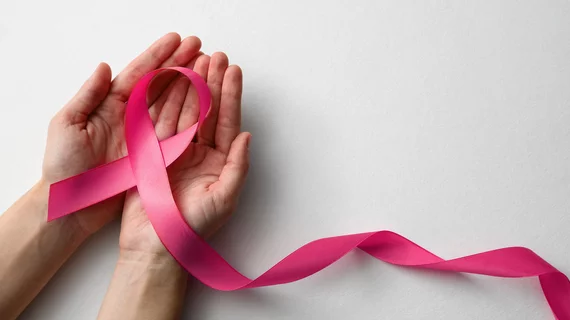Breast cancer rates are on the rise, new report reveals
Rates of breast cancer diagnosis have been steadily rising for a decade, but mortality rates have declined significantly during that same period.
This week, the American Cancer Society’s annual Breast Cancer Statistics report revealed several eye-opening figures. The report indicated that mortality rates owed to the disease have decreased by 44% since 1989—preventing over 500,000 deaths—though the diagnosis has become increasingly common.
Between 2012 and the end of 2021, breast cancer diagnosis rates have risen by 1% annually. But the uptick disproportionately affects different groups, the new data suggest.
“The encouraging news is breast cancer mortality rates continue to decrease thanks to advances in early detection and treatment,” lead author Angela Giaquinto, associate scientist, cancer surveillance research at the American Cancer Society, said in a statement. “But future progress may be thwarted by increasing incidence, especially among younger women, and consequences of the COVID-19 pandemic, such as delayed diagnosis due to interruptions in screening.”
According to the report, women under the age of 50 saw steeper increases of the diagnosis, with the rate rising 1.4% annually since 2012. Race and ethnicity also played a role, with diagnosis rates among Asian American/Pacific Islander women of any age rising between 2.5% and 2.7% annually since 2012. Women under 50 in that same demographic shouldered the most significant rise in diagnoses—since 2000, breast cancer among Asian American/Pacific Islander women has increased by 50%.
Although overall mortality rates have declined, Black women still face 38% higher risk than their peers. They also have lower survival rates for every cancer subtype and stage compared to their white counterparts.
“Women today are a lot less likely to die from breast cancer, but alarming disparities still remain, especially for Asian American, Pacific Islander, Native American and Black women,” William Dahut, MD, chief scientific officer at the American Cancer Society, said in the same release. “These gaps need to be rectified through systematic efforts to ensure access to high-quality screening and treatment for every woman.”
It is estimated that in 2024, there will be over 300,000 new cases of breast cancer diagnosed in the U.S., and more than 40,000 of those could be fatal, according to the American Cancer Society.
Learn more about the 2024 report here.

